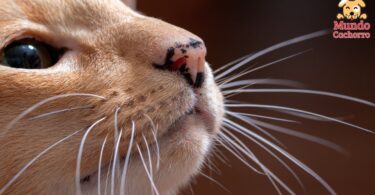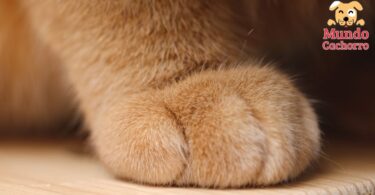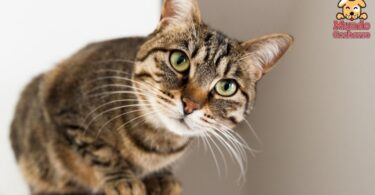Your cat’s whiskers are much more than just a furry ornament on his face. These vibrant and mysterious features serve a number of vital functions for our feline friends. From sensory perception to communication and navigation, whiskers play a vital role in a cat’s daily life. In this article, we will explore in detail the various functions of your kitty’s whiskers.
Indice
Characteristics of your cat’s whiskers
- Tactile sensitivity: Whiskers, technically known as vibrissae, are extremely sensitive to touch. Embedded deep in the skin pads, they are connected to highly sensitive nerve endings. This tactile sensitivity allows cats to detect even subtle changes in their environment, helping them to avoid obstacles and navigate easily in the dark.
- Spatial orientation: Your cat’s whiskers are an invaluable tool to help them determine space and distances. When a cat moves in cramped or unfamiliar areas, such as in the dark, the whiskers provide it with information about the size and shape of its surroundings. This allows them to move with confidence and precision, avoiding collisions and maintaining balance.
- Communication: A cat’s whiskers also play an important role in its body language and communication with other animals, including humans. When a cat is alert or excited, its whiskers are likely to stand upright, indicating a state of alertness. On the other hand, when they feel threatened or aggressive, cats may pull back their whiskers to the back of their face.
- Environmental assessment: Feline whiskers can help them assess the size and shape of objects in their environment. This is especially useful when hunting prey, as it allows them to determine if an animal is large enough to be viable prey. In addition, whiskers can help cats calculate the distance between them and their prey, allowing them to plan and execute effective hunting strategies.
- Emotional state: Whiskers can be a useful indicator of your emotional state and general well-being. When a cat is relaxed and comfortable, its whiskers are likely to be in a neutral, relaxed position. On the other hand, if a cat is frightened or stressed, its whiskers may retract backwards, close to its face. Observing the position of your cat’s whiskers can give you important clues as to how your cat is feeling at any given moment.
Much more than hair
In short, a cat’s whiskers are much more than just tufts of hair. They are a vital tool that helps them perceive the world around them, communicate with other animals and stay safe and balanced in their environment. As we learn more about the fascinating functions of cat whiskers, we can develop a greater appreciation for these amazing creatures and provide them with the care and attention they deserve.
Image courtesy of https://pixabay.com, all rights reserved.







